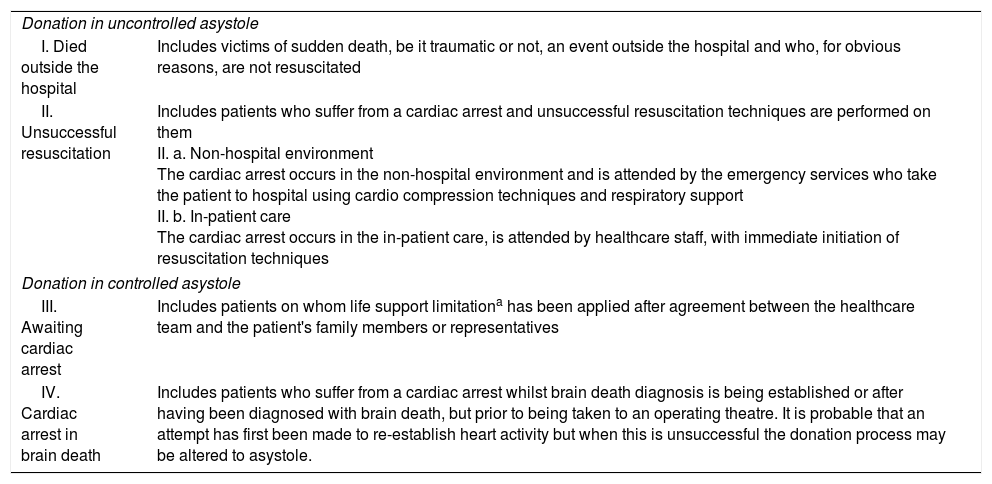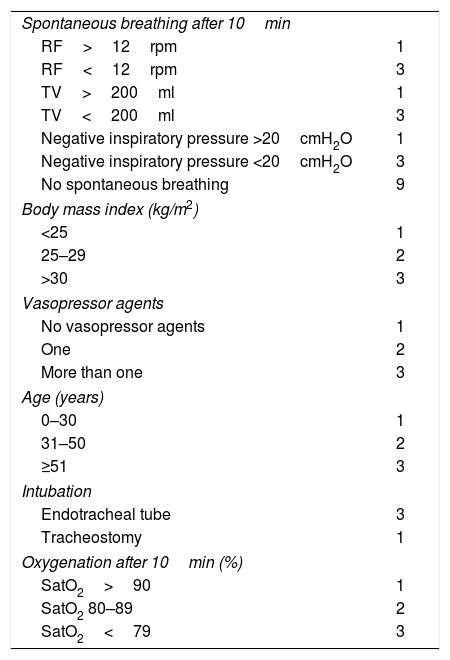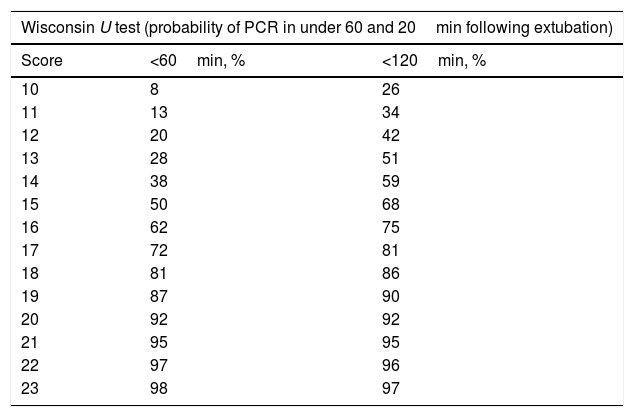The decrease in potential donation after brain death has resulted in a need to evaluate alternative sources. Donation after cardiac death is a good option. The objectives of this article are to describe the Maastricht type III controlled organ donation characteristics and to determine end-of-life care and the role of nurses in the donation process. In this type of donation, cardiocirculatory arrest is predictable after the limitation of life sustaining treatments. These are patients for whom there are no effective therapy options and, in the context of an organised and planned practice involving all the professionals involved in the care of the patient, the decision is made, in consultation with the family, to withdraw life support measures. This limitation of life sustaining treatments is never carried out with the aim of making a Maastricht III donation, but to avoid prolonging the dying process through useless and possibly degrading interventions. The obligation of the health team is to provide a dignified death and this not only includes the absence of pain, but the patient and their family must be guaranteed a feeling of calmness and serenity. Once the decision has been taken to withhold or withdraw measures, the nurse has an important role in the implementation of a palliative care plan in where physicians, nurses and patients/families should be involved and whose focus should be on patients’ dignity and comfort, considering their physical, psychological and spiritual needs.
El descenso en la potencialidad de donación en muerte encefálica ha determinado la necesidad de valorar fuentes alternativas y la donación en asistolia representa una buena opción. Los objetivos del presente artículo han sido describir las características de la donación de órganos controlada tipo III de Maastricht y determinar los cuidados al final de la vida y el papel de las enfermeras en el proceso de donación. En este tipo de donación, la parada cardiocirculatoria es previsible tras la limitación de tratamientos de soporte vital. Se trata de pacientes para los que no existen opciones de terapia efectivas y, en el contexto de una práctica organizada y planificada en la que participan cada uno de los profesionales implicados en el cuidado del paciente, se toma la decisión, de acuerdo con la familia, de retirar medidas de soporte vital. Esta limitación de tratamientos de soporte vital nunca se lleva a cabo con el objetivo de realizar una donación Maastricht III, sino con el de evitar la prolongación del proceso de morir mediante intervenciones inútiles y posiblemente degradantes. La obligación del equipo de salud es proporcionar una muerte digna y ello no solo incluye la ausencia de dolor, sino que se debe garantizar al paciente y su entorno familiar una sensación de placidez y serenidad. Una vez tomada la decisión de no instauración o retirada de medidas, la enfermera tiene un papel importante en la implementación de un plan de cuidados paliativos en el que deben participar médicos, enfermeros y paciente/familiares, y cuyo foco debe ser la dignidad y el bienestar del paciente, considerando sus necesidades físicas, psicológicas y espirituales.









